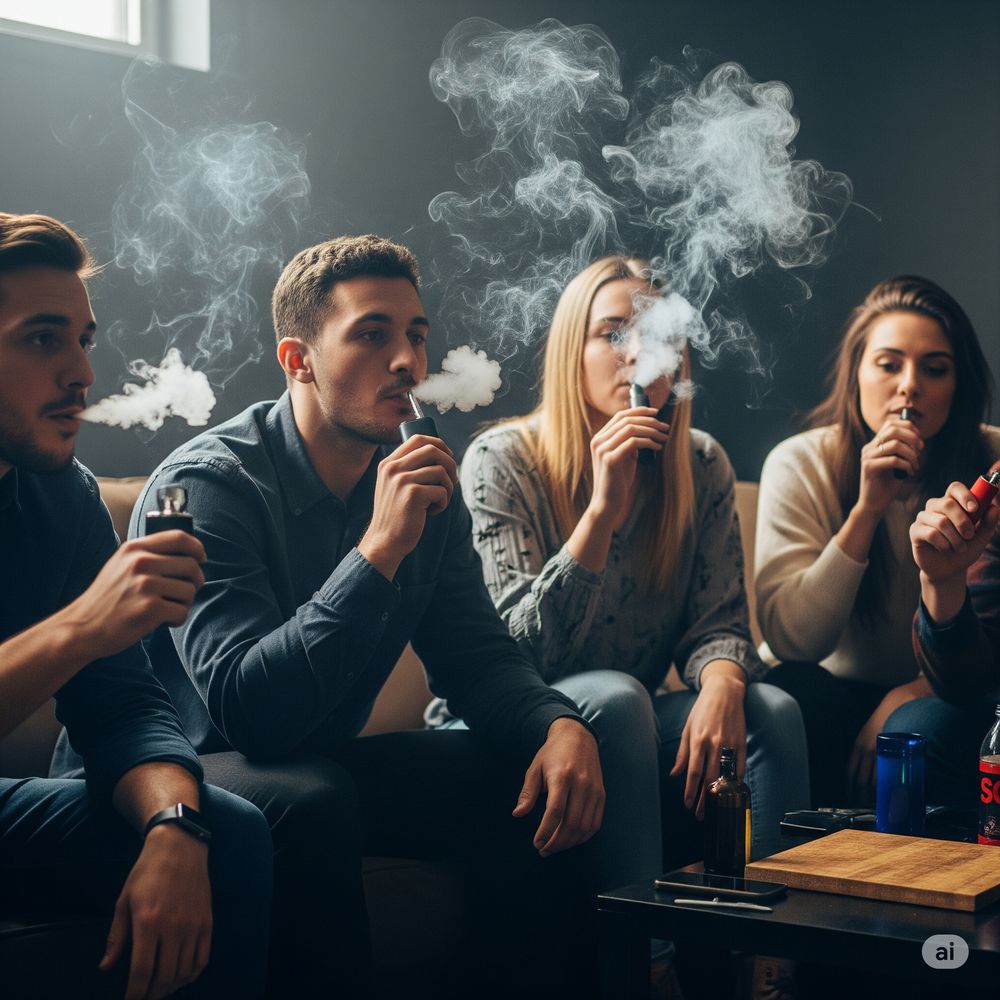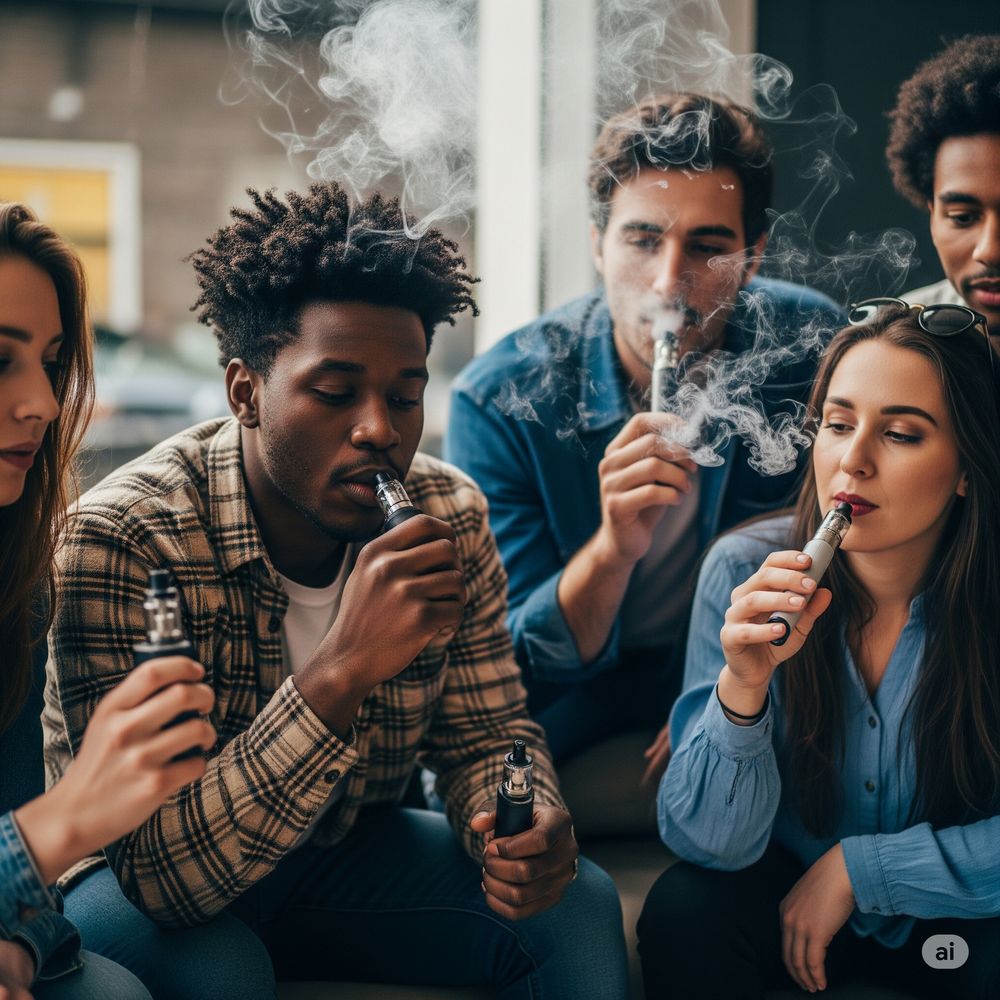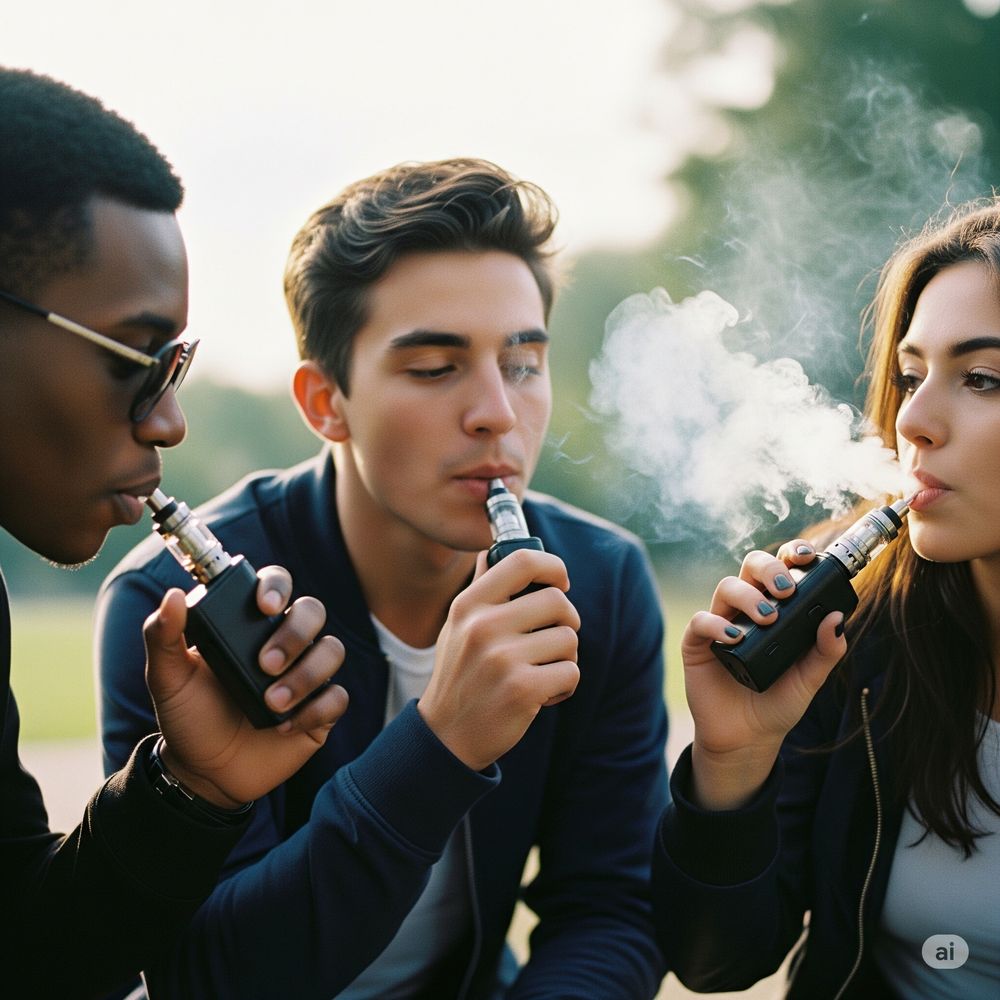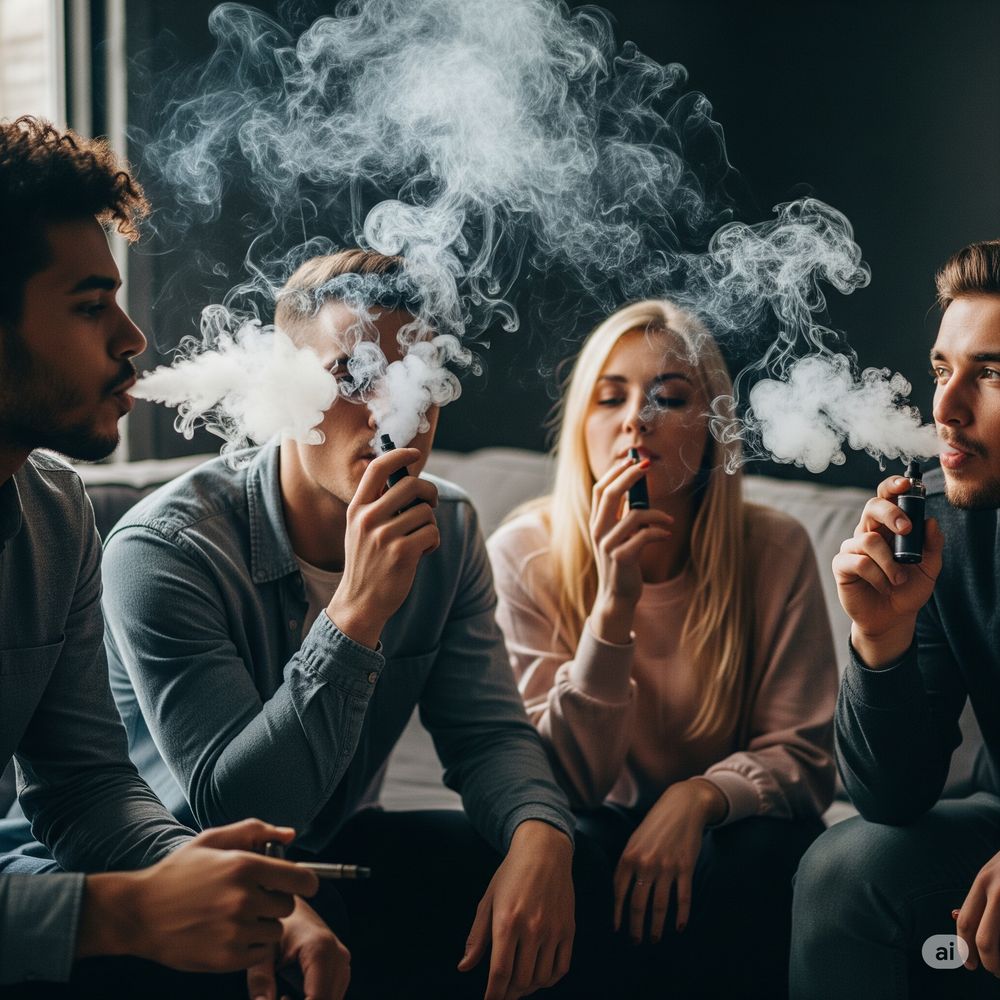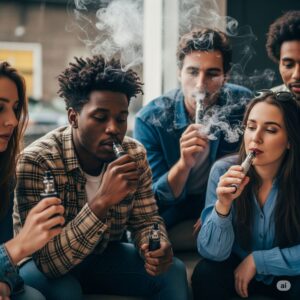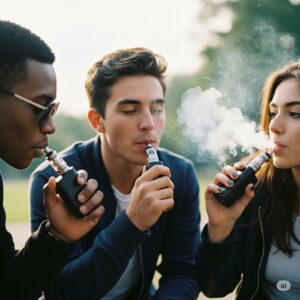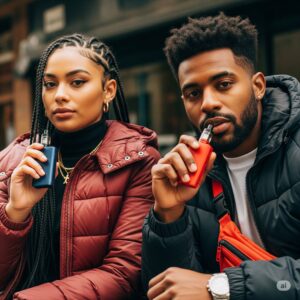Where People Vape Exploring Public Perception
Public perception around vaping continues to evolve as more individuals use vape devices in diverse public environments. From coffee shops to parks and even sidewalks, the presence of vapers has become an everyday sight. While some bystanders remain indifferent, others raise concerns about secondhand exposure and social norms. These reactions are not always consistent and tend to vary based on location and demographics. Urban centers tend to be more accepting, whereas suburban and rural areas often exhibit greater resistance. As conversations about regulation intensify, cultural attitudes begin shaping new boundaries. These early impressions play a crucial role in shaping policy and public sentiment across generations.
Public Perception Drives Urban Vaping Guidelines
In several metropolitan cities, discussions around vaping influence municipal decisions more than expected. Local governments rely heavily on citizen feedback when setting guidelines, and often, those opinions stem from daily encounters. While vaping indoors remains restricted in most establishments, outdoor spaces are the subject of frequent debate. Businesses now consider customer sentiment when deciding whether to allow vaping on their premises. Some cafés, for instance, provide designated areas while others enforce stricter no-vape rules. Meanwhile, transit hubs such as train stations and bus terminals continue adapting signage and enforcement policies. Much of this progress happens because of public conversations both online and offline, reflecting shifting tolerance levels and societal expectations.
From Social Acceptance to Social Tension
Despite some areas showing increasing leniency, conflict still arises. Passersby often respond to visible vape use with mixed emotions. Tension can increase in spaces frequented by children or elders. Reports show that such scenarios frequently lead to confrontations or formal complaints. For this reason, many users now choose to vape discreetly or avoid crowded areas altogether. Additionally, peer feedback influences user behavior more than regulation. Friends, coworkers, or strangers can shape habits by offering direct reactions, whether supportive or critical. In this evolving landscape, user awareness becomes crucial. Brands and public health entities recognize this shift and aim to educate through targeted campaigns that promote consideration without stigma.
Cultural Nuances Create Localized Norms
Vaping habits do not spread evenly. Cultural background, age groups, and even climate affect how and where people choose to vape. For example, colder regions see more indoor vaping requests during winter, prompting venue owners to reconsider policies seasonally. Similarly, generational gaps affect tolerance levels, with younger individuals typically more open than older ones. Meanwhile, countries with strong tobacco control histories tend to adopt stricter policies toward all smoke-related activities. These patterns create layered dynamics that resist one-size-fits-all solutions. Instead, localized data becomes essential for shaping guidelines that balance rights, health, and coexistence. Looking ahead, experts anticipate more tailored approaches rooted in both behavior and cultural sensitivity.
